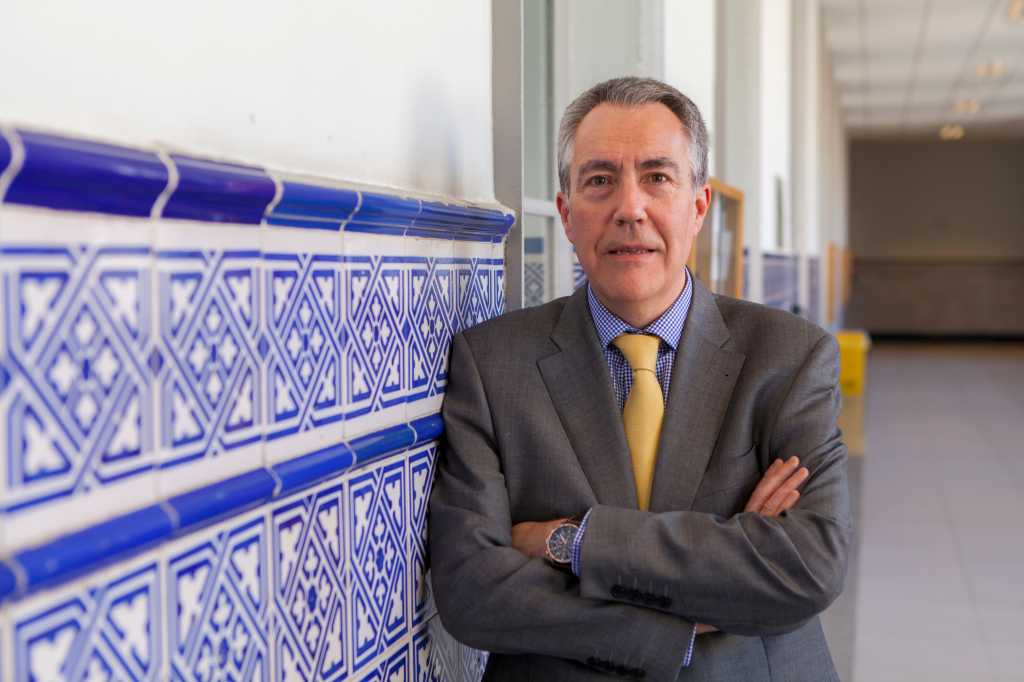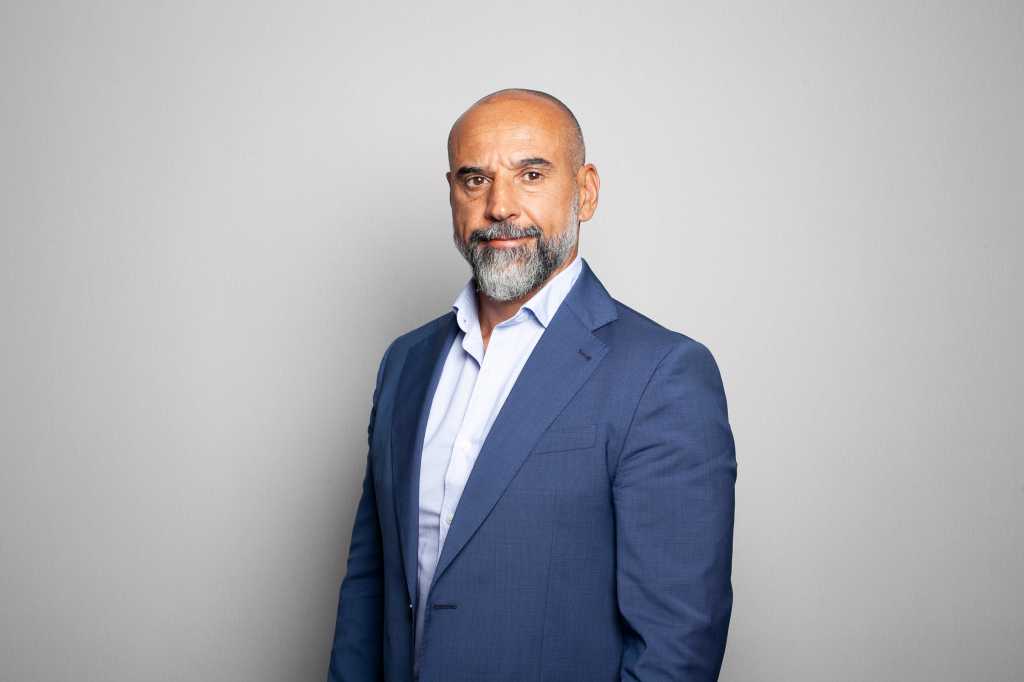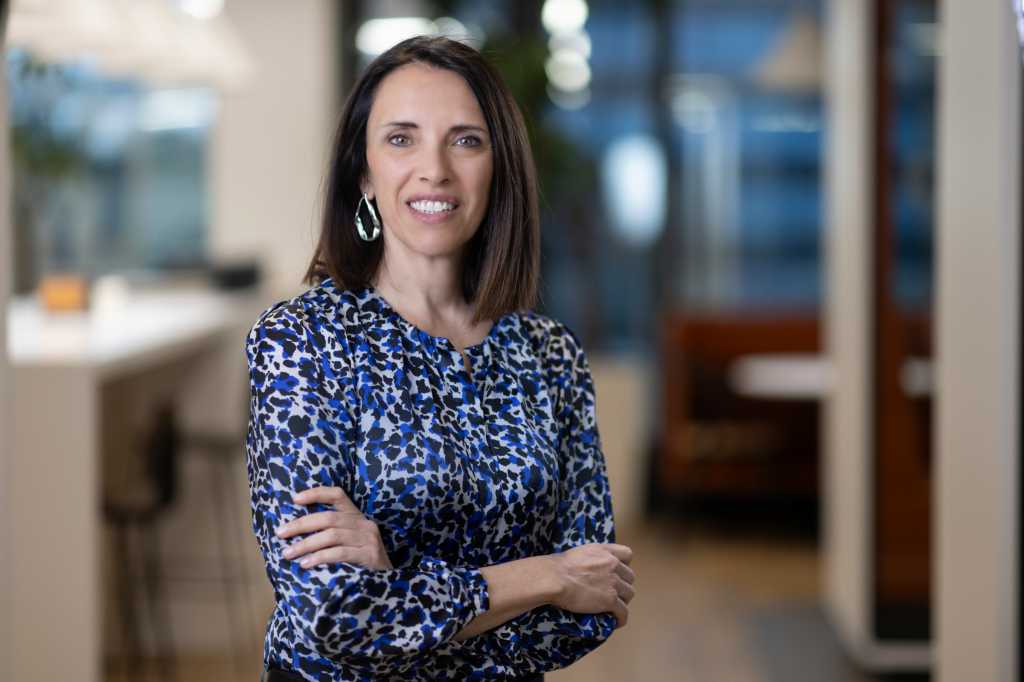Halfway between real integration and hype, artificial intelligence (AI) dominates the conversation when it comes to technology trends. AI is cited in the World Economic Forum’s The Future of Jobs Report as the main technology trend impacting business transformation over the next five years. When discussing working with these tools, especially now that generative AI is accelerating its expansion, the advantages are frequently cited: repetitive work will be eliminated, employee productivity will increase, and it will help define strategy. According to the recent Business Leaders 2025 report, 55% of business leaders in Spain affirm that the use of AI in management teams is improving decision-making; the global average is 49%.
By the numbers: AI’s workforce impact
In a work environment in which mental health is gaining a relevance that it did not have until recently, the integration of AI is proving to be both a boon and a burden. On the one hand, by helping to lighten workloads, it is expected to contribute to mitigating burnout among the workforce: this is indicated by a Microsoft study, according to which 70% of participants will delegate as many tasks as possible to lighten their workload, compared to 49% who are concerned about humans being replaced by AI. Similarly, a survey by the automation software company UiPath estimates that 58% of people believe that automation can help alleviate burnout and improve their performance.

Pedro César Martínez (Icade).
On the other side of the equation, the Global Workforce of the Future study reveals greater burnout among workers who feel vulnerable to AI: 62% of participants in this group say they have suffered burnout in the last year, compared to the global average of 49%. Looking to the future, 67% of those concerned about artificial intelligence are sensitive to this burnout, compared to 48% overall. A survey by the software company Visier clearly shows uncertainty about the role that intelligent tools will play in the workforce: while 45% of participants believe they will increase their workload and worsen burnout, 38% point in the opposite direction, highlighting AI’s role in reducing tasks to mitigate burnout. A report from freelance platform Upwork puts the number of those who indicate that AI has decreased their productivity and increased their workload at 77%, for example because AI-generated content requires review or moderation or because people are now being asked to perform more functions. According to the employee experience platform Quantum Workplace, those who frequently employ AI show a slightly higher tendency to suffer job burnout than those who use it less.
The conflicting reports and uncertain outlook may have less to do with AI than with the anxiety that comes with disruption. “Technology is already part of our lives and is inextricably linked to the very act of working,” says Pedro César Martínez Morán, director of the Talent Manager Master at Advantere and professor of HR at Comillas Icade. “The same anxiety or, for example, fear of losing jobs that appears with generative artificial intelligence also appeared in its time with the internet.”

Juanvi Martínez Barrera (Career).
Juanvi Martínez Barrera, partner at Mercer Spain and leader of the Career business, agrees: “There is a general burnout among people in organizations linked to transformation processes,” he notes. For Martínez Barrera, having previously experienced several such transformation processes “does not help reduce this burnout” associated with the integration of AI. Martínez Morán points to another factor at play with AI that wasn’t present before and that can act as an aggravating factor: the dehumanization of work due to the interaction between human and machine. Both experts, however, emphasize the positive contribution of intelligent tools in increasing productivity. “The key,” Martínez Barrera emphasizes, “is how I communicate this impact, how I work with it, how I look for use cases that benefit the occupants of the jobs and, in some way—and this is the fundamental idea—how I revert this excess productivity back to the person.” He considers the latter essential “because, in a market environment where talent is increasingly scarce, improving people’s experience in organizations and their ability to retrain provides a competitive advantage, and that, ultimately, has a financial impact.”
Speaking about the impact of AI on jobs, Jaime de La Hoz, project manager at Forética, points out a differentiating factor. “The latest waves of automation, and I’m talking about the 1970s, have always rewarded workers with high technical and cognitive skills,” he says. This is changing with the latest advances. “Now, with generative artificial intelligence, [workers] are capable of learning by themselves or generating new expert knowledge on their own,” which will allow us to see “how a technological wave will benefit both highly educated professionals and those with no training.” Furthermore, “the majority of our workforce will have to adapt to coexisting with and using AI in their processes if they don’t want to be left behind in this technological revolution.”
For Myriam Blázquez, CEO of Experis, how the popularization of AI will impact the mental health of the workforce “is a growing concern. There are workers who aren’t receptive to change, and if a revolution of the magnitude of AI isn’t managed properly, primarily through training, we can see cases of technological anxiety, that is, the feeling of not being up to date or not having the necessary skills to adapt,” she points out. “On the other hand, there’s also a risk that, in cultures overly oriented towards efficiency, balance will be lost and stress levels or emotional disconnection will increase.” Regarding the exhaustion associated with these tools, Blázquez says: “This burnout is different from others: it doesn’t only come from overwork, but from the constant pressure to learn, adapt, and remain competitive in the face of tools that are evolving at a rapid pace.”

Jaime de La Hoz (Forética).
Avoiding AI burnout
To take advantage of the benefits of smart tools and avoid overburdening the workforce, the board of directors must carefully manage their deployment. “As leaders, we must set clear limits, encourage training without overwhelming others, and open spaces for conversation about how people are experiencing this transition,” Blázquez says. “Technology must be an ally, not a threat, and the role of leadership will be key in that balance.”
“It is recommended that companies take the first step. They must act from a preventative, humane, and structural perspective,” says De la Hoz. “In addition to all the human, ethical, and responsible components, it is in the company’s economic interest to maintain a happy, safe, and mission-focused workforce.” Regarding increasing personal productivity, he emphasizes the importance of “valuing their efforts, whether through higher salary returns or other forms of compensation.” “Taking a proactive approach to the risk of burnout associated with the use of AI involves integrating mental health into the design, deployment, and governance of these technologies,” he says.

Myriam Blázquez (Experis).
“How people adopt an organization’s technology will depend greatly on the narrative established around it,” Martínez Barrera says. “The first thing I would recommend is measuring the overall level of satisfaction of people in the organization and the sources of dissatisfaction to see to what extent technology may be one of them.” From here, action must be taken, “implementing contingency plans to alleviate these areas.” One way: working groups, where the problems and barriers associated with technology can be analyzed. “From here, use these KPIs to change my strategy. Or to set it up, because often what happens is that I deploy the technology and forget how to get that technology adopted.” The cultural context must be appropriate, he emphasizes, with a key aspect: “To what extent the HR director works with the CIO to see how that technology is deployed so that it is adopted.”
“Technology has brought us continuous learning, continuous updating,” says Martínez Morán. “The good news is that it will help me, let’s say, live better. The bad news is that it will force me to constantly update myself.” In this context, the coexistence of four or five different generations in the workforce represents an additional element to work with when establishing an AI deployment strategy. Based on his experience, these differences are taken into account in executive committees. “They are trying to establish mechanisms that connect, and there are excellent initiatives where one generation is helping another,” he says. “Anything that involves communication, closeness, sensitivity, training, explanation of what is coming, is usually well received by people. Establishing mechanisms for awareness, training, and, above all, closeness, are fundamental.”
This article originally appeared on CIO Spain. It was machine translated using DeepL and Google Translate and edited for clarity.
Read More from This Article: AI burnout: A new challenge for CIOs
Source: News

